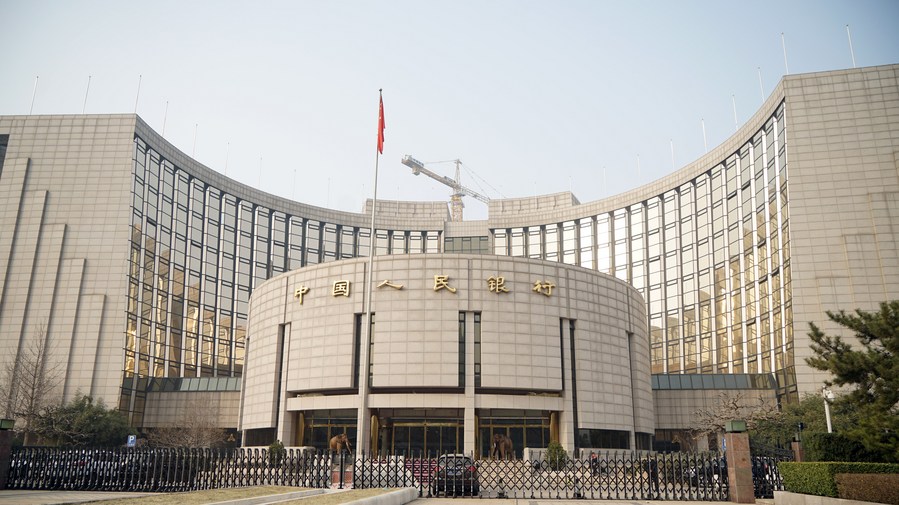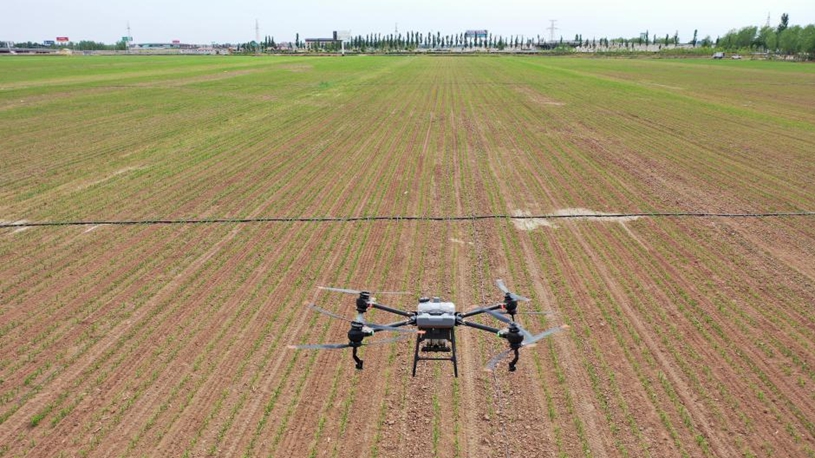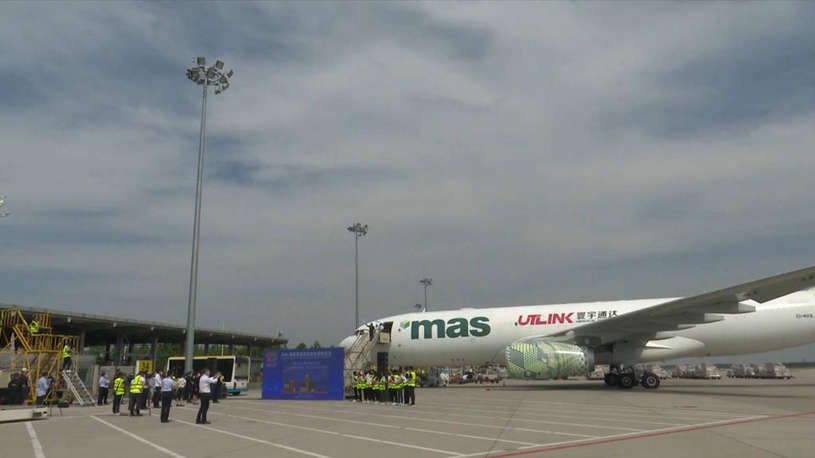
Photo shows the headquarters of the People's Bank of China in Beijing, capital of China. (Xinhua/Cai Yang)
BEIJING, May 30 (Xinhua) -- As the fallout of COVID-19 continues to weigh on the world's second-largest economy, China's banking sector has ratcheted up support measures to boost the economy, channeling funds to where they are needed the most.
In times of increasing downward pressure, financial institutions, as a supporting force for growth, are expected to step in and energize firms while implementing pro-growth measures, analysts said.
RELIEF POLICIES RENEWED
At a State Council executive meeting earlier this month, China's policymakers announced a new package of 33 measures to stimulate growth, urging lenders to extend stronger credit support to market entities undergoing great difficulties.
China's market entities, totaling 158 million as of the end of last month and major job creators for the economy, have been under greater strains amid economic pressure at home and mounting challenges abroad.
The meeting decided to double the scale of the support facility for inclusive loans to micro and small businesses, as well as its share of the increase in the loan balance.
Banks are encouraged to defer, within this year, principal and interest repayments on loans made to micro, small and medium-sized enterprises and self-employed households, truck loans, and home loans and consumer loans owed by individuals facing temporary difficulties, according to the meeting.
These new preferential policies represent banks' continued credit support to smaller enterprises in the country. To assist businesses to survive and thrive, China's banks have been fine-tuning measures to direct more funds to smaller firms since the start of this year.
Official data showed that outstanding loans to small and micro businesses nationwide stood at 53.54 trillion yuan (about 8 trillion U.S. dollars) as of the end of April, of which inclusive loans to small and micro firms reached 20.5 trillion yuan, up 21.64 percent from a year ago.
As part of efforts to ease the burden on businesses, China has also adopted value-added tax (VAT) credit refunds, which have seen solid implementation so far.
In the COVID-hit metropolis Shanghai, for instance, the People's Bank of China Shanghai Head Office has issued a guideline, requiring stronger coordination across fiscal and taxation organs to ensure that market entities get their share of VAT credit refunds without impediments and delays.
As of May 29, VAT credit refunds in the city reached 45 billion yuan and benefited over 60,000 firms, data from the central bank showed.
PRO-GROWTH POLICIES UNDERWAY
On top of relief measures, banks are also on the move to bolster key areas of growth, with proactive steps taken in sectors such as manufacturing and infrastructure.
According to a guideline unveiled by the China Banking and Insurance Regulatory Commission on May 13, lenders are urged to optimize the structure of loans to firms in the manufacturing industry and prioritize advanced and high-end equipment manufacturing.
Pan Helin, a researcher at Zhejiang University, said that financial institutions can develop more convenient credit products and services with lower interest rates, so that the diverse demands of manufacturing firms can be satisfied.
As emphasized in several high-level meetings recently, the country this year will reinforce infrastructure construction amid its efforts to stabilize growth.
Zeng Gang, deputy director of the National Institution for Finance and Development, said that banks, pursuant to policy arrangements, should focus on local infrastructure projects and provide necessary credit support based on financing demands on the ground.
For the next step, China will continue to guide financial institutions to lower financing costs and strengthen support for key areas and weak links while keeping the total credit at a stable level, the central bank said. ■












